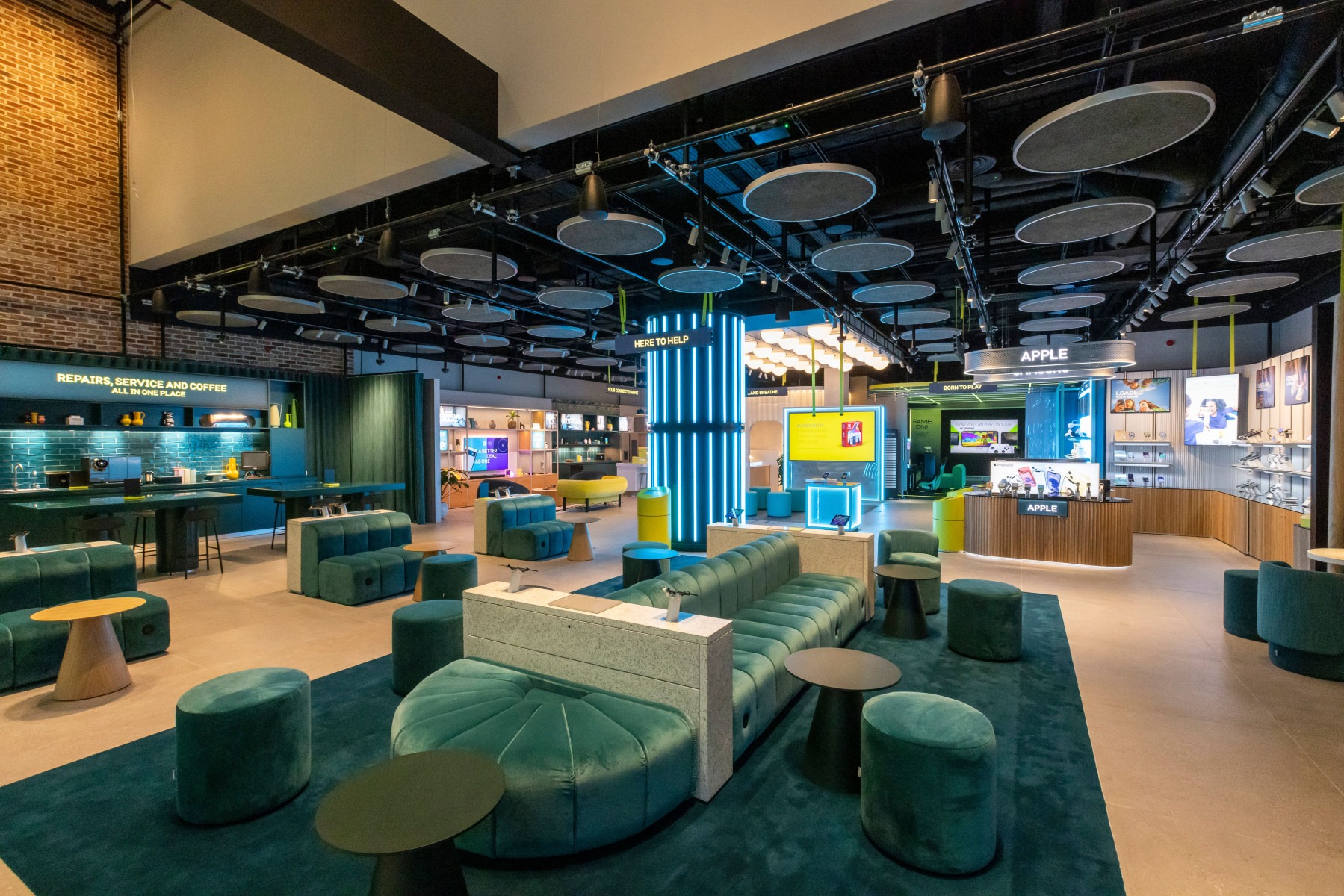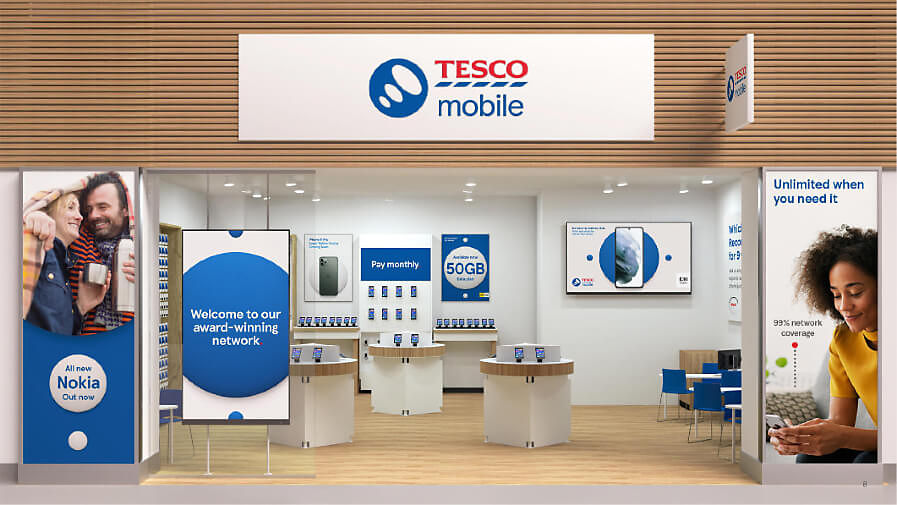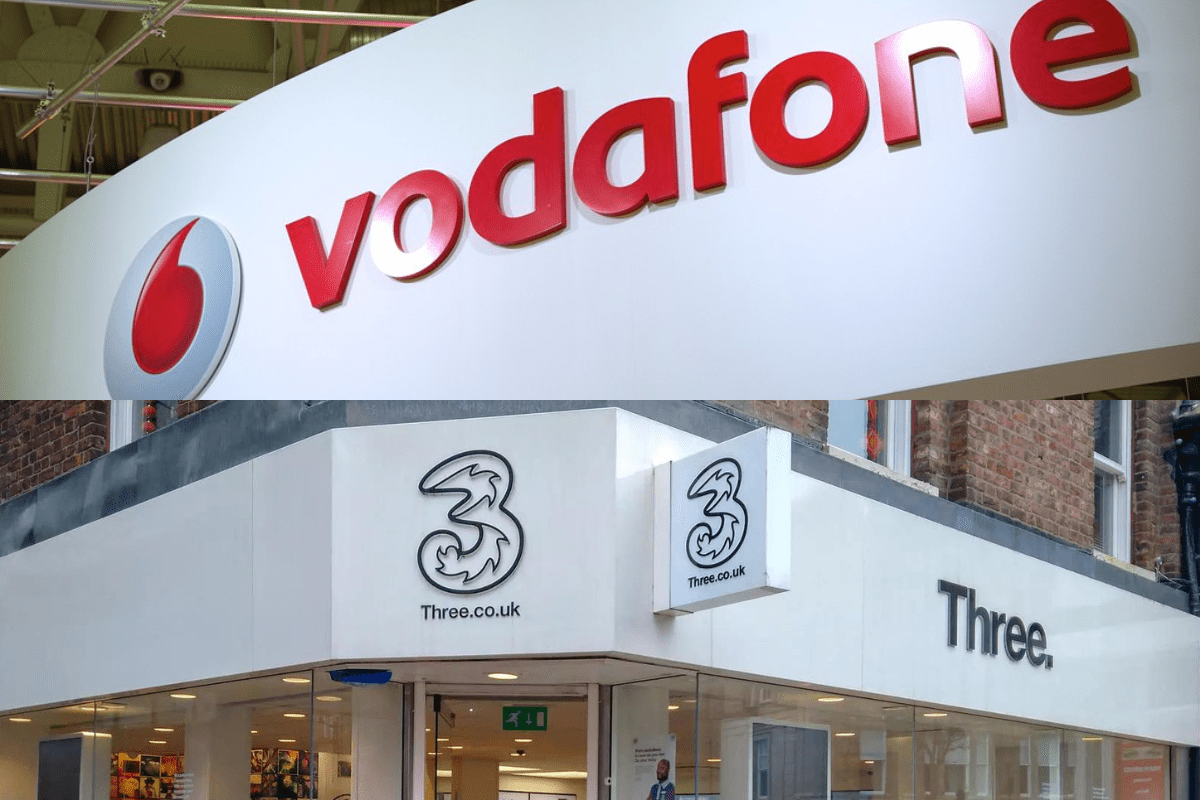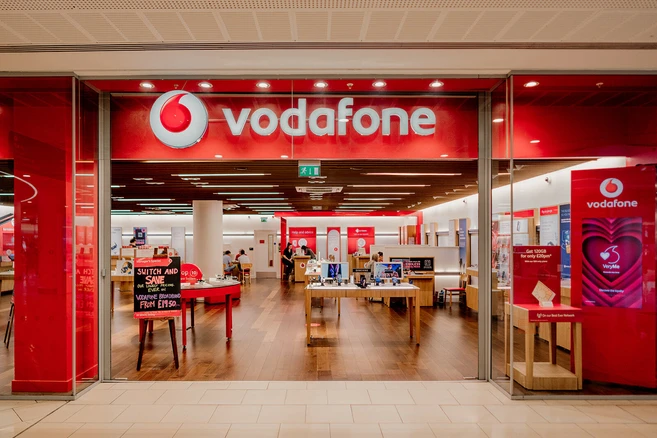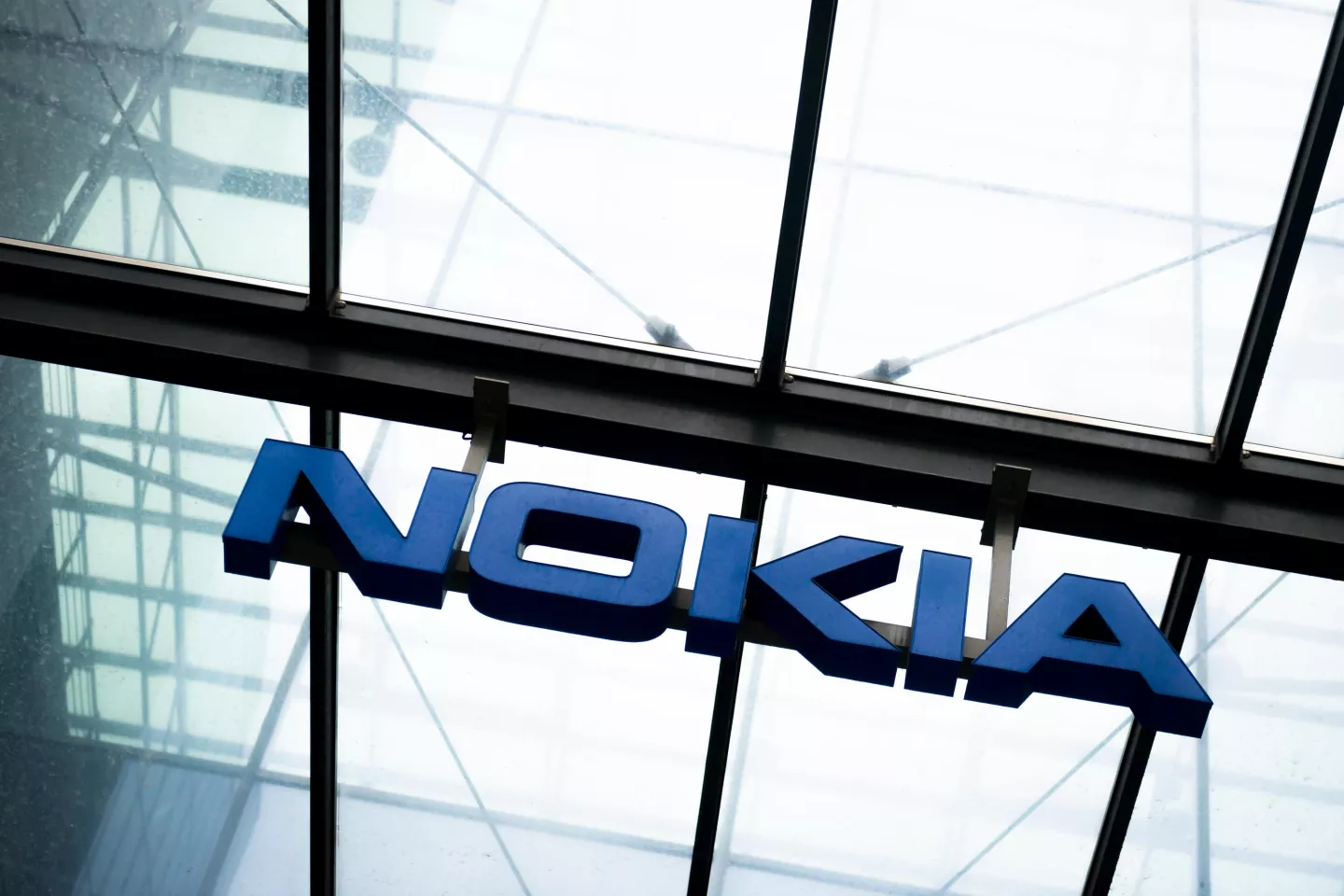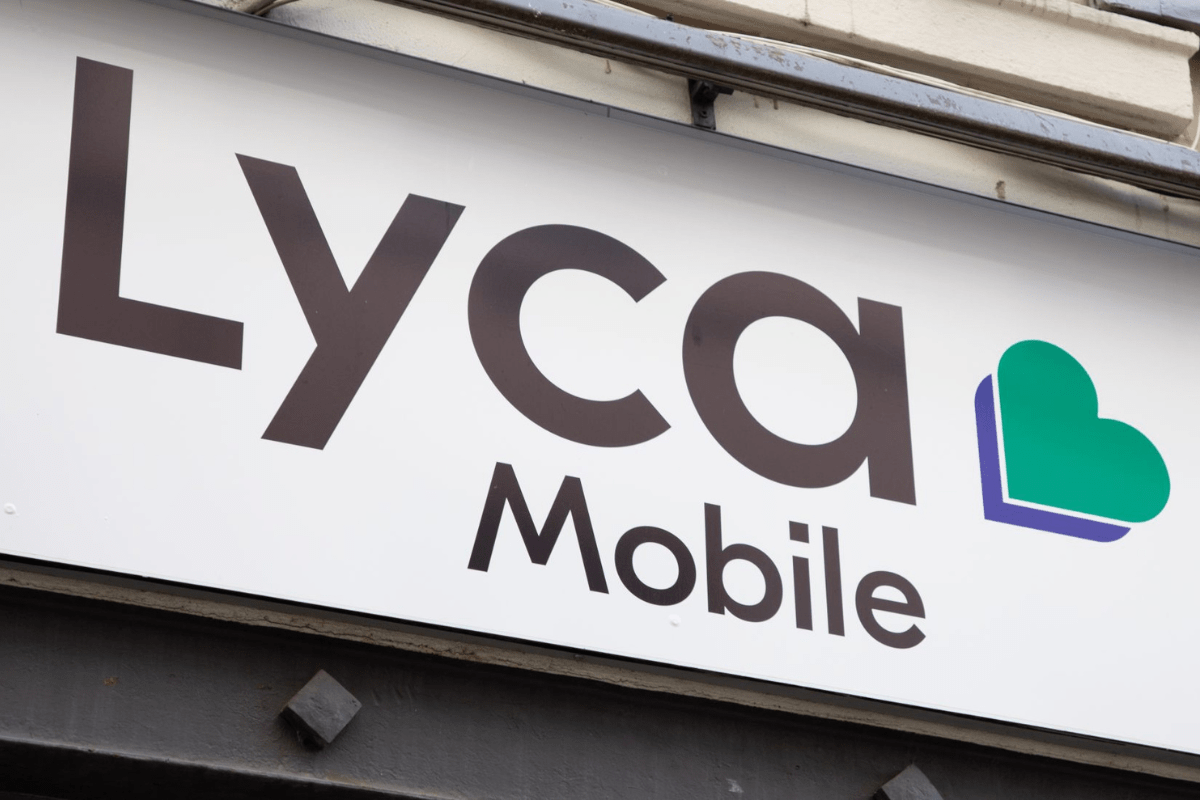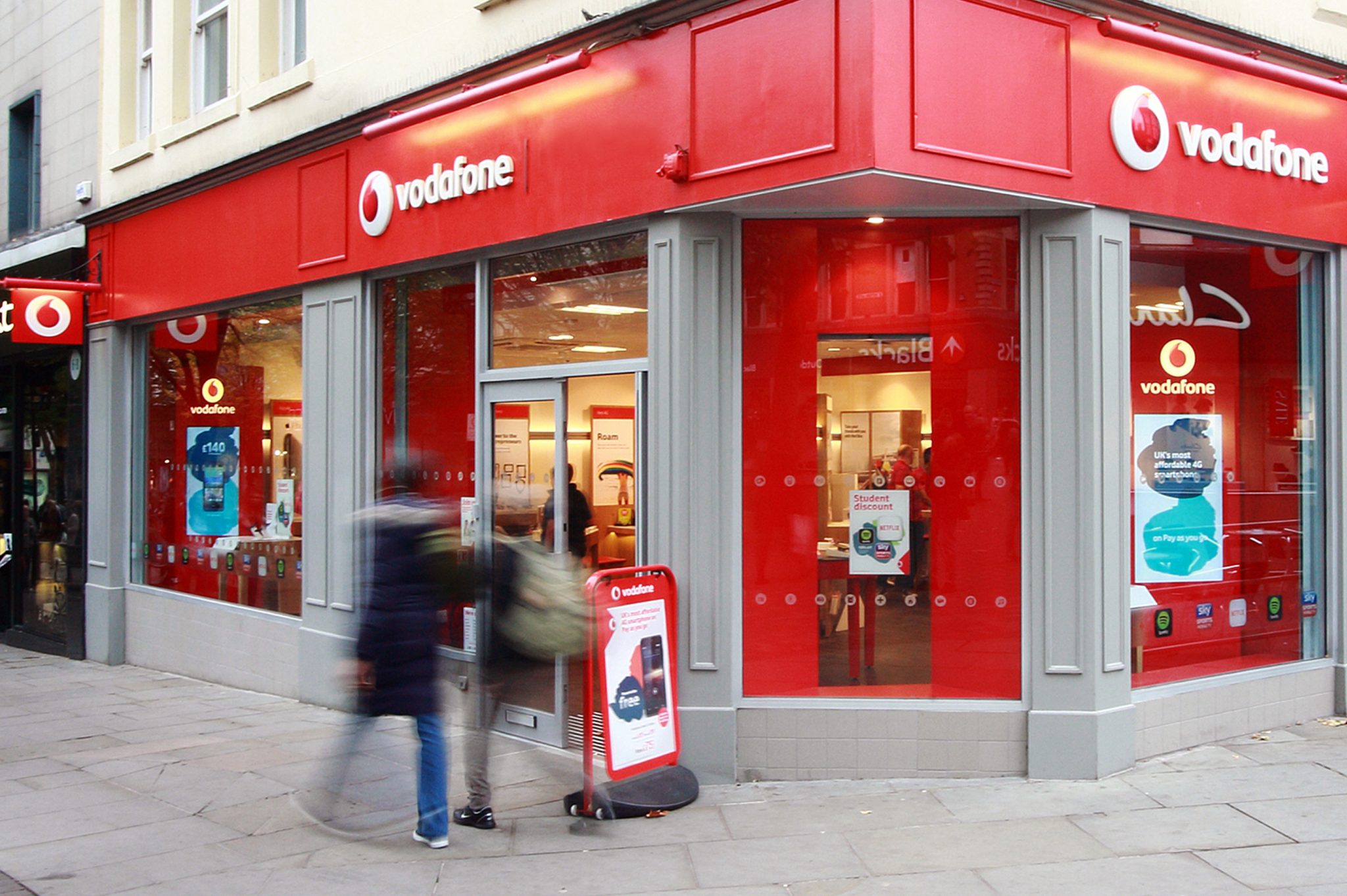Just Eat: Past, Present and Future
- Tuesday, November 4th, 2014
- Share this article:
 “The mobile phone is the first part of a stage in human evolution, heading towards a world where were all this augmented entity,” says Just Eat mobile product lead Matt Hobbs.
“The mobile phone is the first part of a stage in human evolution, heading towards a world where were all this augmented entity,” says Just Eat mobile product lead Matt Hobbs.
That might be an unexpectedly lofty concept for an online takeaway firm to be considering, but Hobbs sees this future as a natural extension of Just Eats mobile journey so far. But well get to that – first, lets wind back the clock.
Past…
Back in 2011, when Hobbs joined the company, he admits “we had a very basic mobile experience”.
However, having a mobile site in place – it had launched around a year earlier – and bringing in orders on a regular basis, made Hobbs job much easier: “It had proven that mobile was an audience that was sitting waiting for this, so we didnt have to sell people on the idea.”
From there, Just Eat took the plunge with an iOS and then Android app, both in 2012, and mobile orders have seen “a solid steady growth” ever since, according to Hobbs, and in the first half of 2014, made up 56 per cent of all orders.
“The apps definitely accelerated that process,” he says. “You can see a spike where those kick in, both attracting new users and making it easier for existing ones.”
Present…
To make sure it stays on top of mobile trends, Just Eat holds regular hackathon events, three or four times a year.
“Our team get a few days to do entirely what they like, to create something – ideally, something that is is production ready,” Hobbs says. “Some of it is subtle. Weve done some early work around basket sharing between devices, making it easier to duplicate orders. These changes arent necessarily world changing, but just improving the flow as users go through their order.”
Other hackathons have been focused on forward-looking technology, such as Google Glass, and Hobbs tells us “were really excited about getting hold of the Apple Watch SDK and see what we can do with that”.
Hobbs will be presenting at Mobile Marketing Life later this month, in the At Home section – after all, thats where most people eat takeaway food – but he points out that mobiles role is still more on-the-move.
“Right now, were doing a lot of work on the collection market,” Hobbs says. “Traditionally, people have thought of us as a home delivery platform – we have a percentage of collection orders but not as high as wed like – but mobile is a perfect fit. If youre walking around or on the way home, and can arrange to pick up a takeaway to save time – mobile is powerful for enabling these scenarios.”
…And future
However, looking outside of mobile – to the Internet of Things, and connected appliances that are just starting to make their way into peoples kitchens and living rooms – there are plenty of fresh opportunities for Just Eat in the home going forward.
Some technology has a fairly straightforward marketing application (“with connected fridges, knowing its empty, we could be there suggesting a takeaway,” says Hobbs) while others might be a little more left-field (“I can imagine a scenario where we work out the perfect mood lighting for eating a curry, to make your biryani more appetising”).
These kinds of use cases are still years away, if they come to fruition at all. “Its always important to be aware when things distract from the key core experience,” Hobbs adds.
So what is the biggest mobile opportunity for Just Eat in the near term?
“Tailored recommendations,” he answers. “We have a wealth of data on what items people order again and again, and we could tie this to time of day or weather.
“Id love to see it where you pull out your smartphone and the app immediately knows its a rainy Wednesday, youre on your home way to the family. It knows you probably want to order from your favourite Chinese, and because its rainy you might want these particular dishes, so it surfaces those to the top of the menu. Or maybe we know youre price sensitive, so we can push you towards offers, or use context so that the five-star top-tier restaurants are a weekend treat.
“Thats very hard to get right, to not keep recommending the same thing over and over, and to do it without being creepy,” Hobbs says. “Part of that is leaving people in control. When youre dogmatic and say this is what you should eat, users wont like it – even if its right.”
Matt Hobbs is presenting from 10:10am at Mobile Marketing Life, taking place at Londons America Square Conference Centre on Thursday 27 November. Click here to book your place – brands can attend for free.




